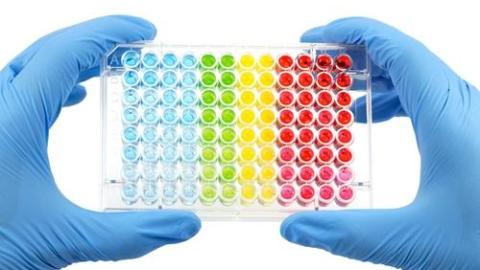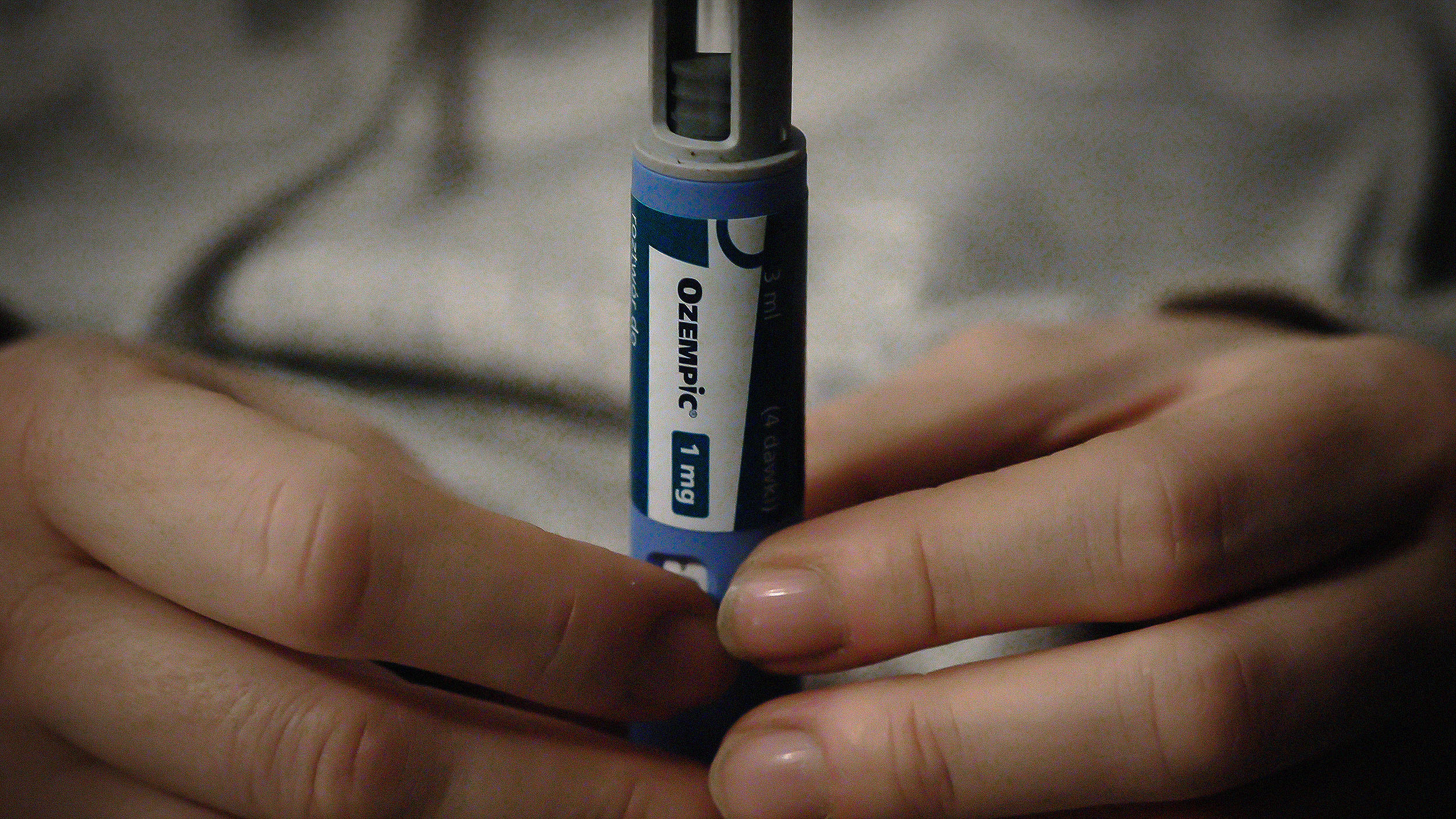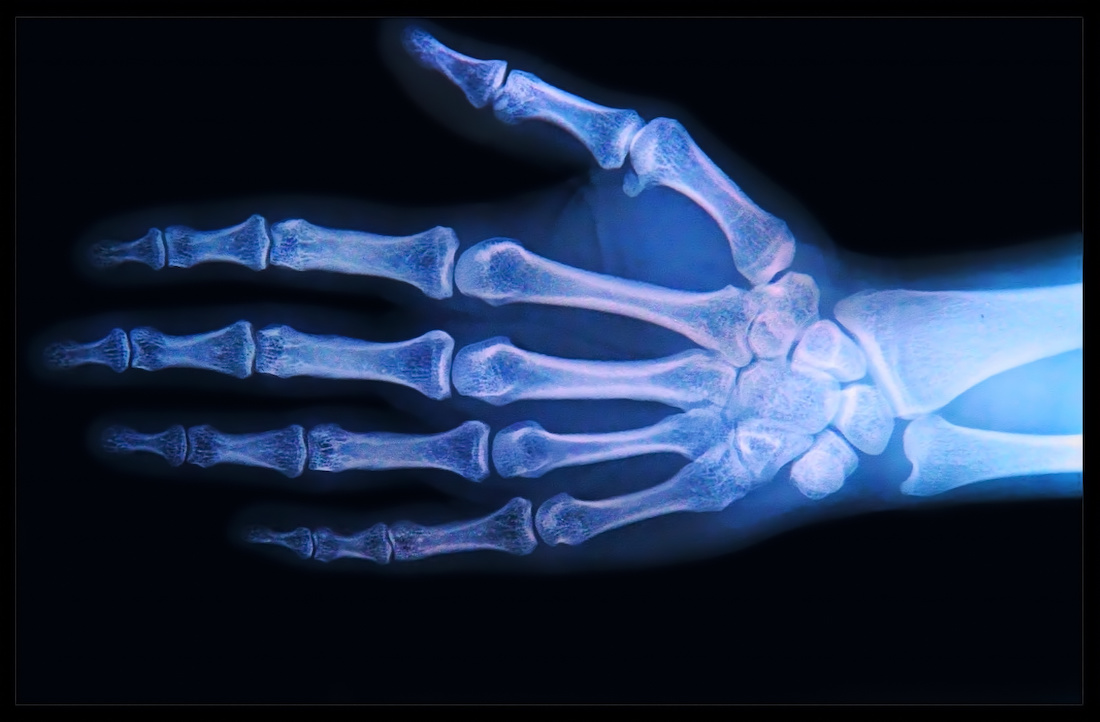Stem Cells Make Liver & Pancreas Cells to Scale

What’s the Latest Development?
By producing medically useful amounts of endoderm cells from human stem cells, Canadian scientists have overcome a major hurdle in developing treatments for diabetes and liver diseases. “The research focused on the process of using pluripotent stem cells (PSC) to generate endoderm cells, one of the three primary germ layers which form internal organs including the lungs, pancreas, and liver. The ability to differentiate, or transform, PSCs into endoderm cells is a vital step to developing regenerative treatments for these organs.”
What’s the Big Idea?
Laboratory techniques can produce thousands, or even millions, of the cells needed to treat liver and pancreatic diseases, but generating them in the numbers and quality needed for medicine has long been a challenge. “Overcoming this bottleneck in research will also help future stem cell researchers navigate the often long and challenging route from laboratory testing to clinical use, and accelerate the time from biomedical advance to beneficial therapy, often referred to as the bench-to-bedside process.”
Photo credit: shutterstock.com





